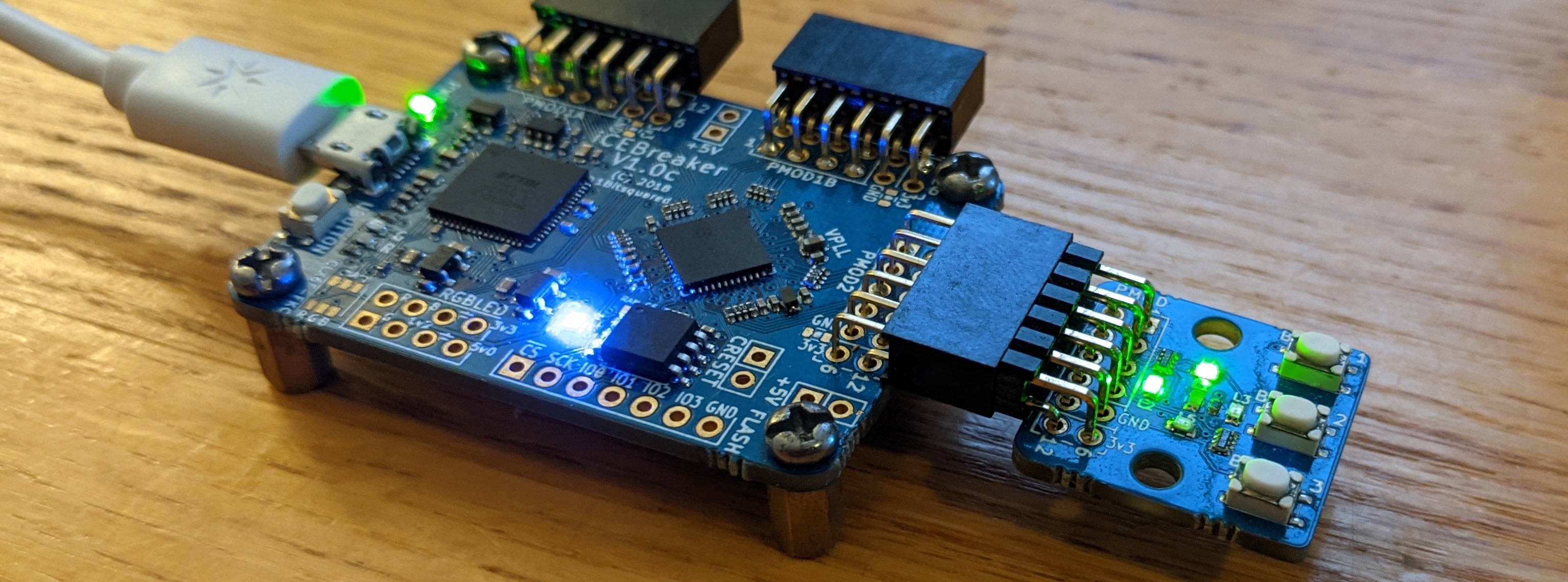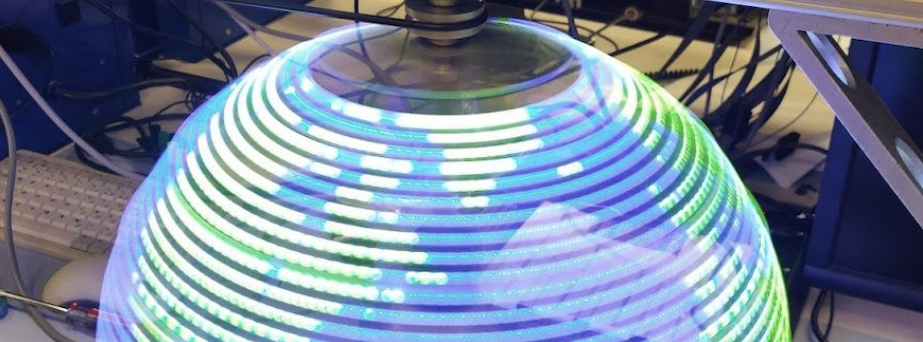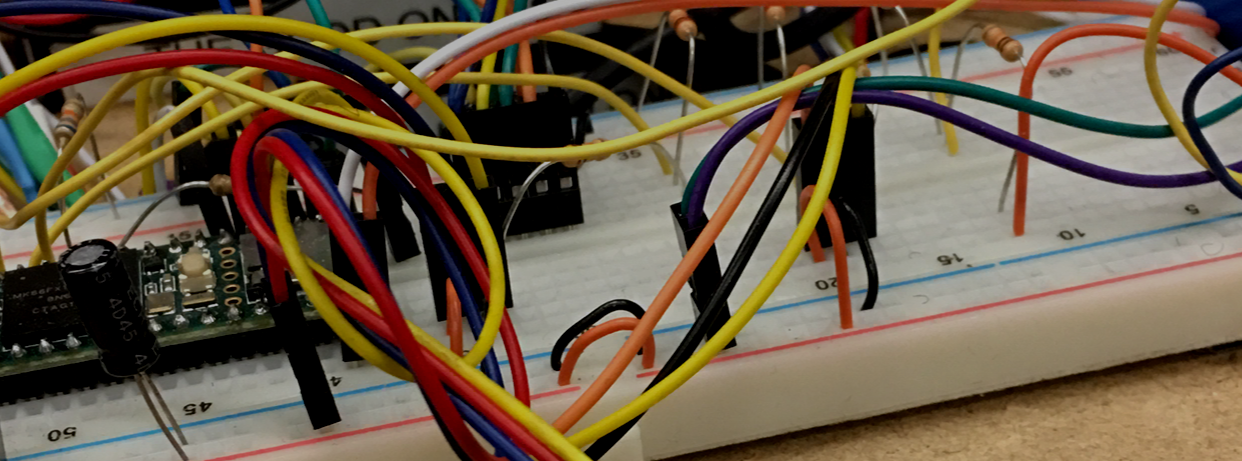Noah Moroze
Hi! My name is Noah, and I’m currently a software engineer at zeroRISC.
In my spare time I’m working on tclint, an open-source linter for the Tcl scripting language. tclint is particularly aimed at facilitating EDA flow development and maintenance.
Previously, I was a software engineer at Zero ASIC. There I worked on an open-source EDA build system called SiliconCompiler, and a web-based chiplet design & emulation platform. I also worked on an open-source hardware communication framework called Switchboard, which powers this emulation platform.
Prior to Zero ASIC I was a student at MIT, where I earned my BS and MEng in electrical engineering and computer science. My masters thesis project Kronos involved using formal verification to prove a security property for an open-source processor. I worked on this thesis with the Parallel and Distributed Operating Systems Group (PDOS) in MIT CSAIL.
If you’re interested in the sort of stuff I’m working on, please consider following me on Twitter, where I post occasional project updates, or Github, where you can find my open-source work!
Featured Projects

Lemoncore is a custom RISC-V softcore that implements the base RV32I instruction set, along with M-mode from the privileged spec. I worked on this project to get a bit more hands-on with RISC-V and the FOSS tool flows for Lattice FPGAs.

For our 6.111 Digital Systems final project, a friend and I made a spinning persistence-of-vision display powered by an FPGA.

Cog is an open source hardware checkout system for hackathons, originally written for use at HackMIT and MakeMIT. The project is still under development by new contributors from HackMIT as well as other hackathons.

During MIT's 2018 winter term I took MASLAB, a course where you work with a team to build an autonomous robot in one month. The robots were tasked with scoring as many colored balls as possible into the corresponding goal within a certain time period. My team's robot, Mr. Motorcycle, won the end of course competition!

In March 2017 I received funding from the MIT Sandbox program to build a breakout board for the CM1K neural network chip. The CM1K is an integrated circuit that implements RBF and KNN classifiers in hardware, which supposedly gives much better performance than implementing these algorithms in software.